La Défense is the prime high-rise office district of Paris. Many of Paris’s tallest buildings can be found here.
The Triumphal Way
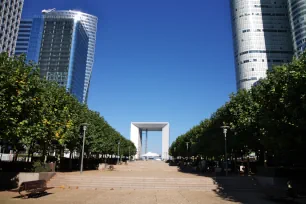
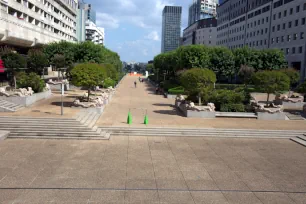
At the end of the First World War, plans were made to develop the axis from the Arc de Triomphe at the Étoile square to La Défense, an area at the edge of the center of Paris.
Numerous plans were submitted for the Voie Triumphale or Triumphal Way as it was known, most of them with endless rows of impressive skyscrapers in mostly Modernist style. Many of the plans which were submitted in 1930 came from renowned architects like Le Corbusier and Auguste Perret.
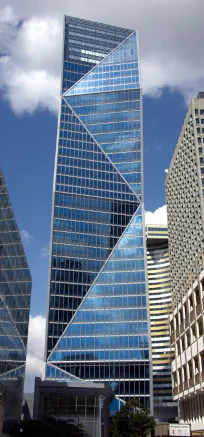
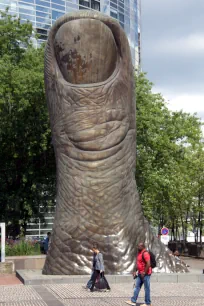
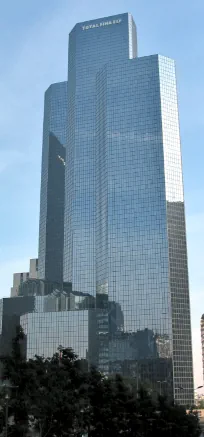
None of these plans were realized, mainly due to the Great Depression in the 1930s.
La Défense
In 1931 though, the authorities organized a new competition, but the intent was to limit the height of the buildings along the Triumphal Way. Only at the end of the long avenue, at the Défense, were towers allowed. This was recommended by the authorities, as towers close to the center would obstruct the view on the Étoile.
Most of the 35 (French) entries in the competition were either classical or modernist in style, but again none of the plans were actually realized due to lack of funding. The main focus now moved from the Triumphal way to the Défense area, or La Défense. The name défense originates from the monument ‘La Défense de Paris’, which was erected at this site in 1883 to commemorate the war of 1870.
A Forest of Towers
In 1951, the Défense site was chosen as an office center. In 1958, development of the area was started by a special agency, the Établissement Public d’Aménagement de la Défense.
The first plan had two rows of skyscrapers of equal height. In 1964, a plan was approved to have twenty office towers of 25 stories each. Little of the development on the Défence was actually built according to this plan, as most companies started to press for taller office towers.
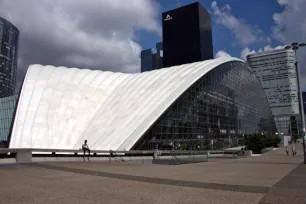
The result was a mix of mostly cheap towers of different heights. The tallest of them, the GAN tower (today known as Tour CB21), measured 179 meters (589 ft.). The height of several towers, and in particular the GAN tower, caused a public outcry as the ‘forest of towers’ disturbs the view on the Arc de Triomphe as seen from the Étoile.
Partly in response to this criticism, a new monument was built at the entrance of the Défense as a counterweight to the Arc de Triomphe: The Tête Défense, also known as the Grande Arche de la Défense.
Grande Arche de la Défense
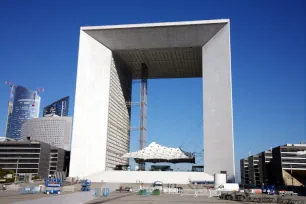
The project to build the ‘Grande Arche‘ (Great Arch) was supported by the French president Mitterrand, who wanted a twentieth century version of the Arc de Triomphe. The design of Danish architect Otto von Spreckelsen looks more like a cube-shaped building than a triumphal arch. The 106-meter-wide (348 ft.) building has a central archway. The sides of the cube contain offices, while the rooftop has a belvedere that until 2010 was open to visitors.
- Next: Rodin Museum
- More Sights & Attractions in Paris

